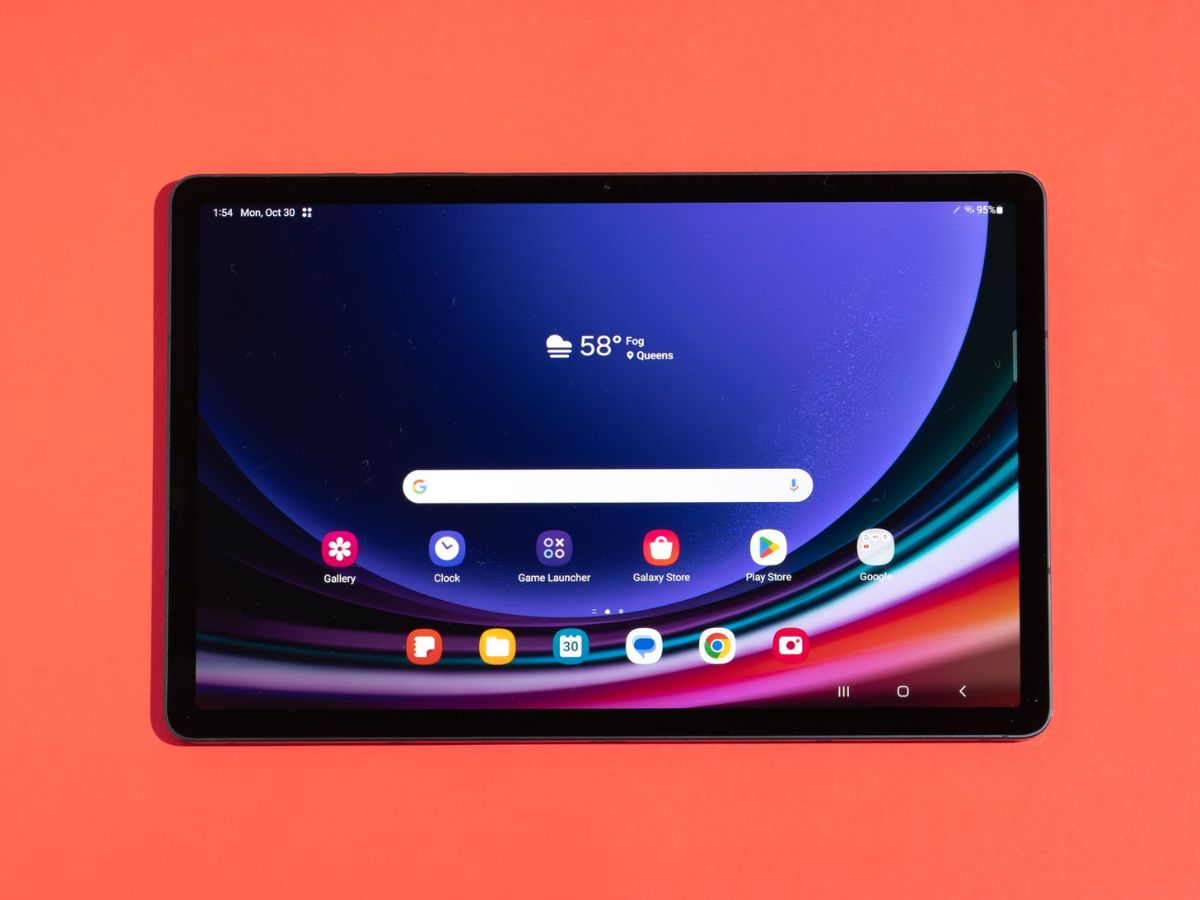
What Are the Best Android Tablets with Google Play?
Android tablets have become a strong alternative to iPads, offering diverse features for various user needs. When choosing the best Android tablets with Google Play, consider performance, display quality, battery life, and ecosystem integration. Here are the top Android tablets available, highlighting their key features and suitability for different users.
Samsung Galaxy Tab S9 Series
Samsung Galaxy Tab S9 Ultra
- Display: Features a 14.6-inch OLED display with a resolution of 2,960 by 1,848 pixels, one of the largest and most vivid screens on an Android tablet.
- Performance: Powered by the Qualcomm Snapdragon 8 Gen 2 processor, ensuring seamless multitasking and demanding applications.
- S Pen: Includes Samsung’s S Pen stylus using Wacom technology, ideal for artists and precision drawing.
- Durability: IP68 rating for rough handling and harsh environments.
- Price: Ranges from $666.58 to $799.99 depending on the configuration.
Samsung Galaxy Tab S9+ and S9
- Display: Tab S9+ has a 12.4-inch Super AMOLED display, while Tab S9 features an 11-inch OLED display, both offering excellent color accuracy and brightness.
- Performance: Both models powered by the Qualcomm Snapdragon 8 Gen 2 processor for smooth performance.
- S Pen: Included with the Tab S9+, great for those needing a stylus.
- DeX Platform: Supports Samsung’s DeX platform, transforming the tablet into a desktop-like experience with a keyboard and mouse.
- Price: Tab S9+ starts at around $666.58, while Tab S9 starts at around $599.
OnePlus Pad
- Display: Features an 11.6-inch 144Hz display, offering a smooth viewing experience for videos and games.
- Performance: Powered by the MediaTek Dimensity 9000 CPU, providing fast performance and efficient battery life.
- Design: Unique 7:5 aspect ratio and curved edges give it a distinctive look.
- Battery Life: Impressive battery life, suitable for all-day use.
- Price: Competitively priced, starting at around $499.
Google Pixel Tablet
- Display: Features a 10.95-inch LCD display with a resolution of 2,560 x 1,664 pixels, providing a clear and vibrant viewing experience.
- Performance: Powered by Google’s Tensor G2 chip, offering solid performance for streaming video and browsing the web.
- Charging Speaker Dock: Comes with a charging speaker dock, turning it into a smart home hub, ideal for those integrated into the Google ecosystem.
- Price: Priced at $399 for the standalone device and $499 with the charging speaker dock.
Amazon Fire HD Series
Amazon Fire HD 10
- Display: Features a 10.1-inch display with a resolution of 1,920 by 1,200 pixels, suitable for watching videos and reading.
- Performance: Offers decent performance at an affordable price.
- Battery Life: Up to 12 hours, making it a good option for all-day use.
- Price: Very competitively priced, starting at around $89.99.
Amazon Fire HD 8
- Display: Features an 8-inch display with a resolution of 1,280 by 800 pixels, great for those preferring a smaller screen.
- Performance: Solid performance at an affordable price, suitable for basic tasks like web browsing and streaming video.
- Battery Life: Lasts up to 12 hours, making it a good choice for all-day use.
- Price: Very competitively priced, starting at around $100.
Choosing the Right Android Tablet
When selecting the best Android tablet with Google Play, consider these factors:
Purpose
- Entertainment: For streaming video or playing games, the Samsung Galaxy Tab S9 Ultra or Google Pixel Tablet might be the best choice.
- Smart Home Hub: Google Pixel Tablet with its charging speaker dock is an excellent option for smart home integration.
Performance
- High-Performance Needs: Samsung Galaxy Tab S9 Ultra or OnePlus Pad would be ideal for multitasking or running demanding applications.
- Basic Tasks: Amazon Fire HD series could be sufficient for web browsing and streaming video.
Display Quality
- Top Display: Samsung Galaxy Tab S9 Ultra offers one of the best screens available on an Android tablet.
- Clear and Vibrant: Google Pixel Tablet provides a clear and vibrant display, suitable for streaming video and browsing the web.
Battery Life
- Impressive Battery: OnePlus Pad offers impressive battery life, while Samsung Galaxy Tab S9 FE Plus provides better battery life than many other tablets.
Ecosystem Integration
- Google Ecosystem: Google Pixel Tablet is an excellent choice due to its seamless integration with other Google devices.
- Samsung Ecosystem: Galaxy Tab S9 series offers robust integration with Samsung phones and other devices.
Price
- Budget-Friendly: Amazon Fire HD series offers affordable prices without compromising too much on performance.
- Premium Investment: Samsung Galaxy Tab S9 Ultra or Google Pixel Tablet for those willing to invest in a premium device.
Choosing the best Android tablet with Google Play depends on your specific needs and preferences. Whether you prioritize display quality, performance, battery life, or ecosystem integration, there is an Android tablet that fits your requirements.
